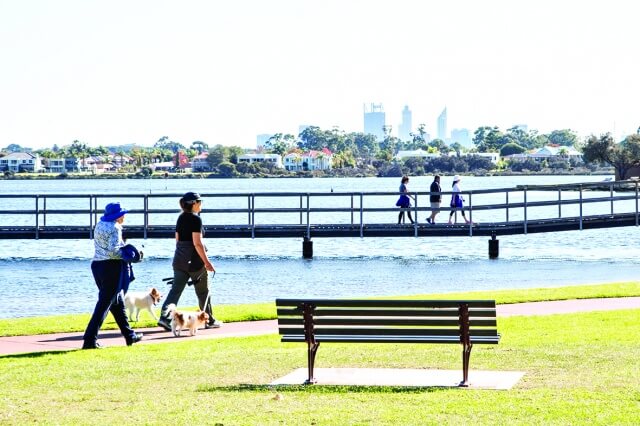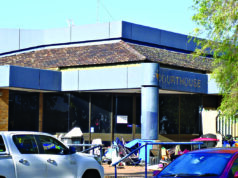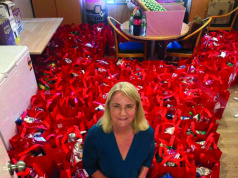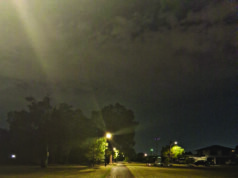More than 1100 ratepayers across the suburbs of St James, Bentley, Shelley and Rossmoyne will be slugged 10 percent of their property’s value if they choose to sub-divide their land into three lots or more, under a policy set to be decided by the City of Canning.
The Public Open Space Contributions in Residential Subdivisions policy will see the money the City obtains from subdivisions of three lots or more used to either purchase more or improve Public Open Space [POS] in suburbs where there is a recognised deficit.
This is not a voluntary contribution, the City’s policy would mandate that St James (0.07 hectares of POS per 1000 people by 2031), Bentley (1.97), Shelley (2.21) and Rossmoyne (1.49) all have a recognised deficit, however in the case of Shelley and Rossmoyne, the City does not include the foreshore reserve, which would effectively cancel their deficit.
State Government policy dictates that that the Western Australian Planning Commission [WAPC} would not normally require an open space contribution for subdivision of five lots or less, however highlighted in the officer’s report is a clause that reads “The Commission may impose an open space condition where a application would create five lots or less where the local government has identified and existing or potential deficiency of POS and had an adopted strategy to improve or provide open space by land acquisition in the locality of the subdivision.”
Residents impacted by the potential policy have been unforgiving in their criticism, with the report acknowledging the vast majority of the public submissions regarding the policy, after it was advertised for one month between May and June in 2021, where strongly opposed to the policy.
Residents of Canning Association spokesman Richard Aldridge described the proposed policy as an “abhorrent motion”.
“Some people who have been in a suburb for decades and paying their rates every year have not invested heavily in super but instead bought a larger property and paid down the mortgage over the years with the idea of selling it at retirement and downsizing with the money from the sale of their property funding their retirement,” he said.
“These properties will now either cost 10 per cent to subdivide before selling, or will be worth 10 per cent less to developers.
“The amount of money being raised is huge.
“The 1473 unfortunate people effected will have to shell out $100,000 – 250,000 each or sell their land for that much less.
“Over the course of this scheme, it will raise over 150 million dollars from 1% of the population.
“That is the same as all the money raised in rates for a year, the majority of that money coming from Canning’s poorest suburbs.
“Residents have already reached out to me to let me know that if this is approved by council that come next election they will not only vote against councillors who supported it but will fund opposing candidates to get this unfair tax overturned.”
One of those 1,473 residents directly impacted, who asked not to be named, said he was horrified when he received the letter notifying him of the proposed policy.

“The value of our property is directly impacted by someone else’s ability to subdivide,” he said.
“We’ve got a property we can subdivide, and it’s part of a long-term investment that’s going towards our retirement.
“It has to be paid right upfront, and at the moment there’s a three-year delay on building.
“It makes the whole prospect of subdividing much less attractive.
“It’s going to hit the mum and dad investors, it’s going to get those who don’t have enough super and need to self-fund their retirement, people like me.
“It is ripping a huge hole in our retirement fund.
“We’re paying for the lack of foresight shown by the City in not providing enough POS in the fist place.”
The money obtained by the City can either be used to purchase additional POS, which can be difficult to obtain, or can be used for improvements such as signs, benches and paths in existing POS locations within the locality where the money was obtained.
The officer’s report acknowledges one of the major criticisms of the policy.
“The 10 per cent POS contribution may result in some reductions in land value; however this needs to be considered with increased development potential provided by Local Planning Scheme No 42 which was gazetted in 2020 and subsequently increased subdivision potential and therefore, land values due to higher densities.”
The City will make a decision on the policy on March 15.














